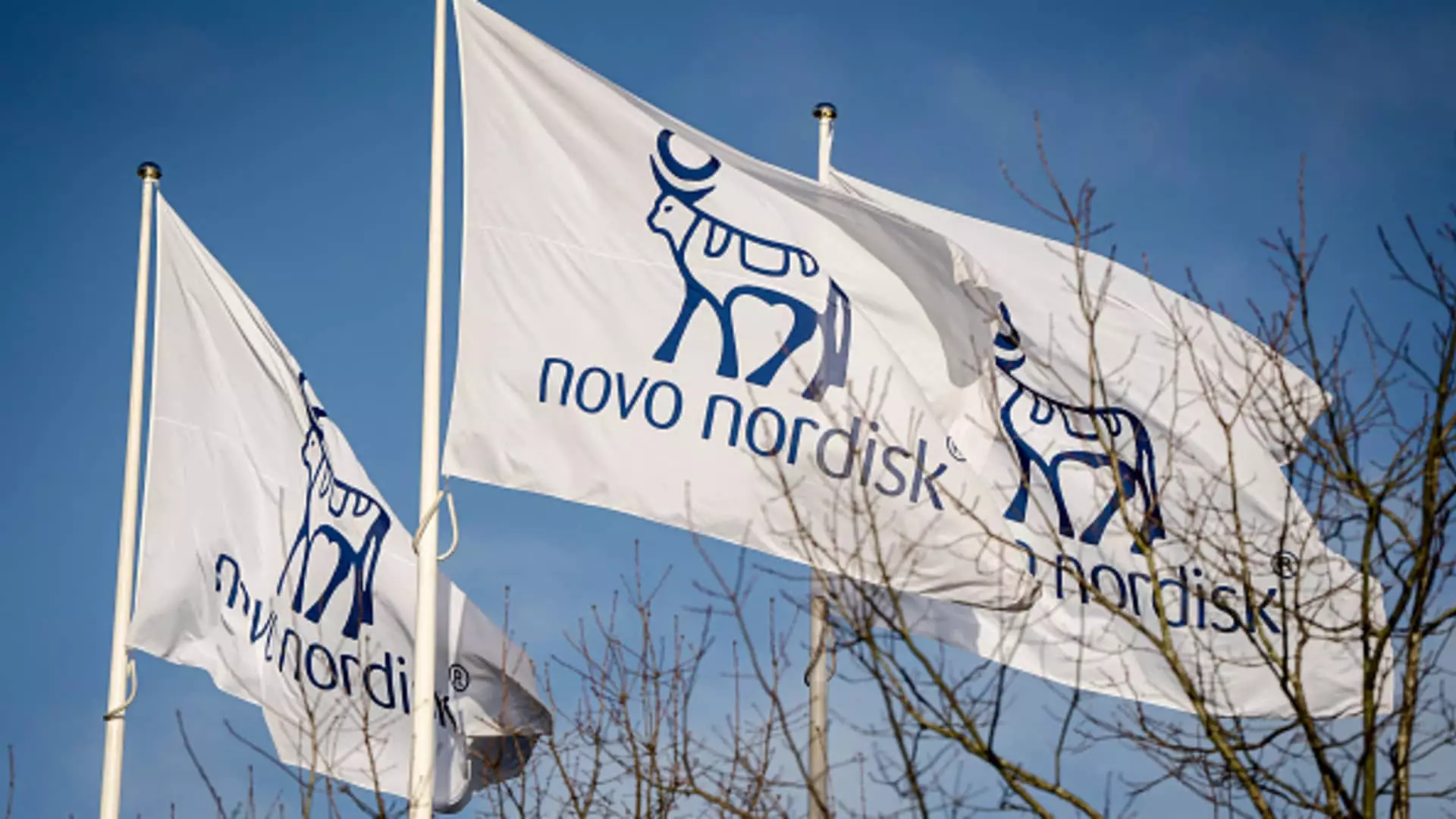The recent ruling in favor of Novo Nordisk, which restricts compounding pharmacies from creating alternatives to the wildly successful drugs, Ozempic and Wegovy, should be raising eyebrows across the healthcare landscape. By successfully challenging the legality of compounded semaglutide, Novo Nordisk isn’t merely engaging in corporate self-preservation; they are reshaping the entire conversation around drug manufacturing and patient access in the United States. This ruling underscores a toxic relationship between pharmaceutical giants and compounding pharmacies—a dynamic that could have dire outcomes for patients, especially those without the necessary insurance coverage for the branded versions.
Judge Mark Pittman’s courtroom decision is perhaps less about divining the nuances of semaglutide shortages and more about prioritizing the financial fortitude of a billion-dollar company at the expense of healthcare accessibility. It seems we are watching the delicate fabric of public health being woven almost solely by the interests of corporations rather than by genuine concern for patients’ well-being.
History of Shortages: The Patient’s Dilemma
Historically, the availability of medications like Ozempic and Wegovy has been fraught with obstacles, often leading to severe supply shortages. In these instances, patients have turned to compounding pharmacies that can legally offer custom-made alternatives when the original drugs are unavailable. The compounding pharmacies’ role in the healthcare ecosystem should not be underestimated; they typically cater to unique patient needs, such as allergies or other medical issues that prevent people from using mainstream medications. But with Novo Nordisk’s legal maneuvers, we’re observing an unsettling trend where the interests of corporate entities overshadow the capabilities of phalanxes of local pharmacists.
This convoluted scenario points to a deeper systemic issue in American healthcare. Patients who find themselves unable to afford the high costs of brand-name drugs should have viable alternatives that meet their medical needs. Yet, an increasing number of legal victories for pharmaceutical corporations risks leaving many stranded without options. As these compounding pharmacies are prohibited from operating when shortages arise, the question begs: Who truly benefits from this verdict?
Patient Safety: A Double-Edged Sword
Novo Nordisk emphasizes that patient safety is their top priority, but the implications of this legal ruling raise concerns over whose safety is really at stake. When corporate giants claim to champion patient security, it often serves as a smokescreen to justify monopolization of their market. Compounded drugs are frequently denounced because they lack FDA approval—a stance that, while grounded in a certain level of rationale, overlooks the practical realities many patients face. As the access to affordable alternatives dwindles, those who bear the brunt are often from lower socioeconomic backgrounds, further entrenching health disparities already pervasive in our society.
The idea that compounded pharmacies pose health risks is undoubtedly valid; however, this narrative ignores the reasonable safeguards that pharmacists put in place. Instead of simply branding the entire sector as illegitimate, a more constructive approach would be to focus on stringent regulations for compounding pharmacies to ensure safety without completely closing off patient options.
The Ripple Effect on the Healthcare Landscape
The implications of this ruling reach far beyond just one or two drugs. Consider what this means for other companies like Eli Lilly, which are facing similar opposition with their weight loss treatment, Mounjaro. The pharmaceutical industry is engaged in a tug-of-war with compounding pharmacies that could set daunting precedents for future drug availability and pricing. If pharmaceutical companies can successfully diminish competition through legislative and legal measures, what could that spell for innovation in drug development?
In a country where prescription drug costs are already extraordinarily high, who pays when the competition is effectively stifled? It’s challenging not to see a troubling paradox: a system that promises to protect patients often seems more intent on preserving the profits of large corporations.
While Novo Nordisk has experienced a significant legal victory, this win exposes troubling fissures in the fabric of U.S. healthcare, highlighting the ongoing struggle between access and affordability. The question remains if we are watching the dawn of an era where pharmaceutical giants dictate health care pathways, or if a meaningful conversation about patient choice and safety can emerge from the shadows of legal battles.

